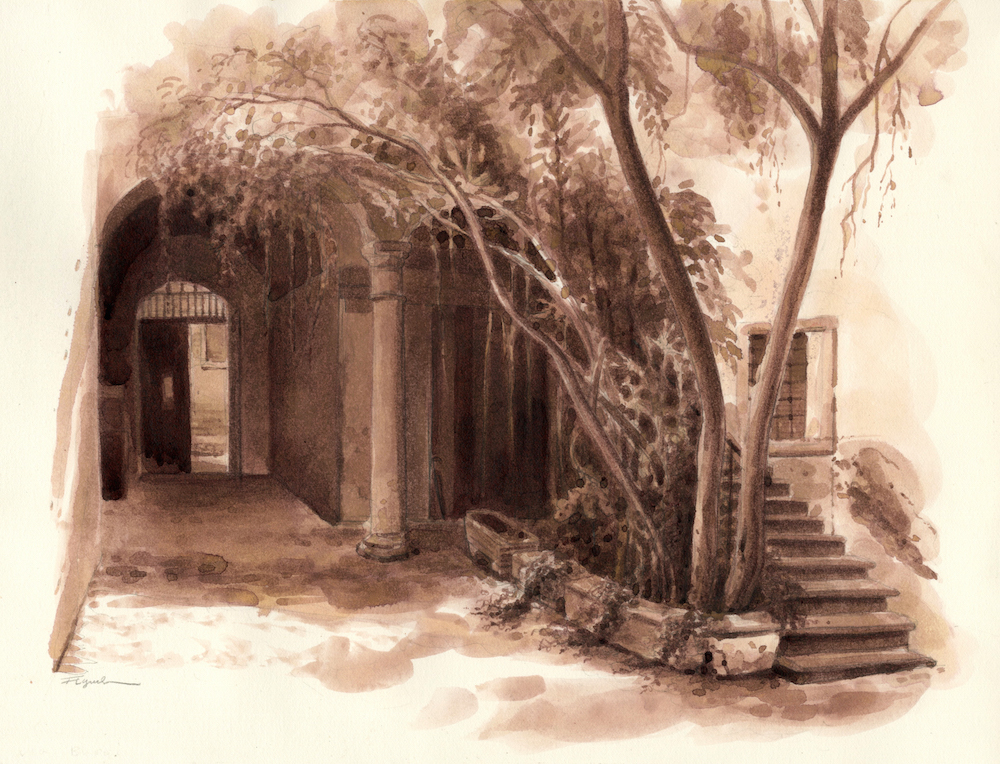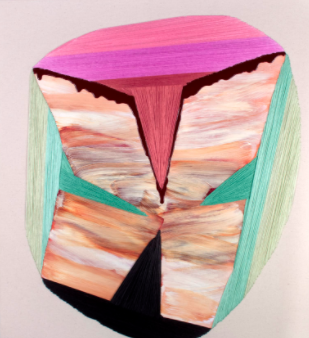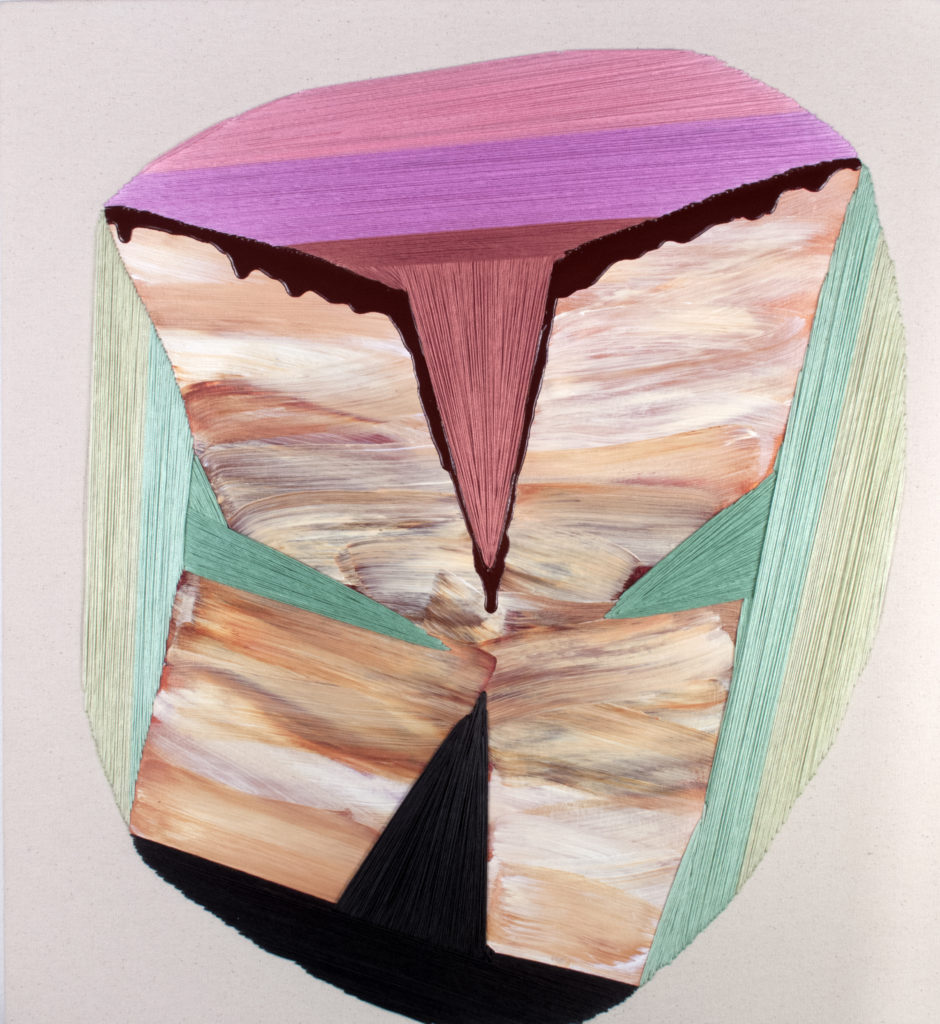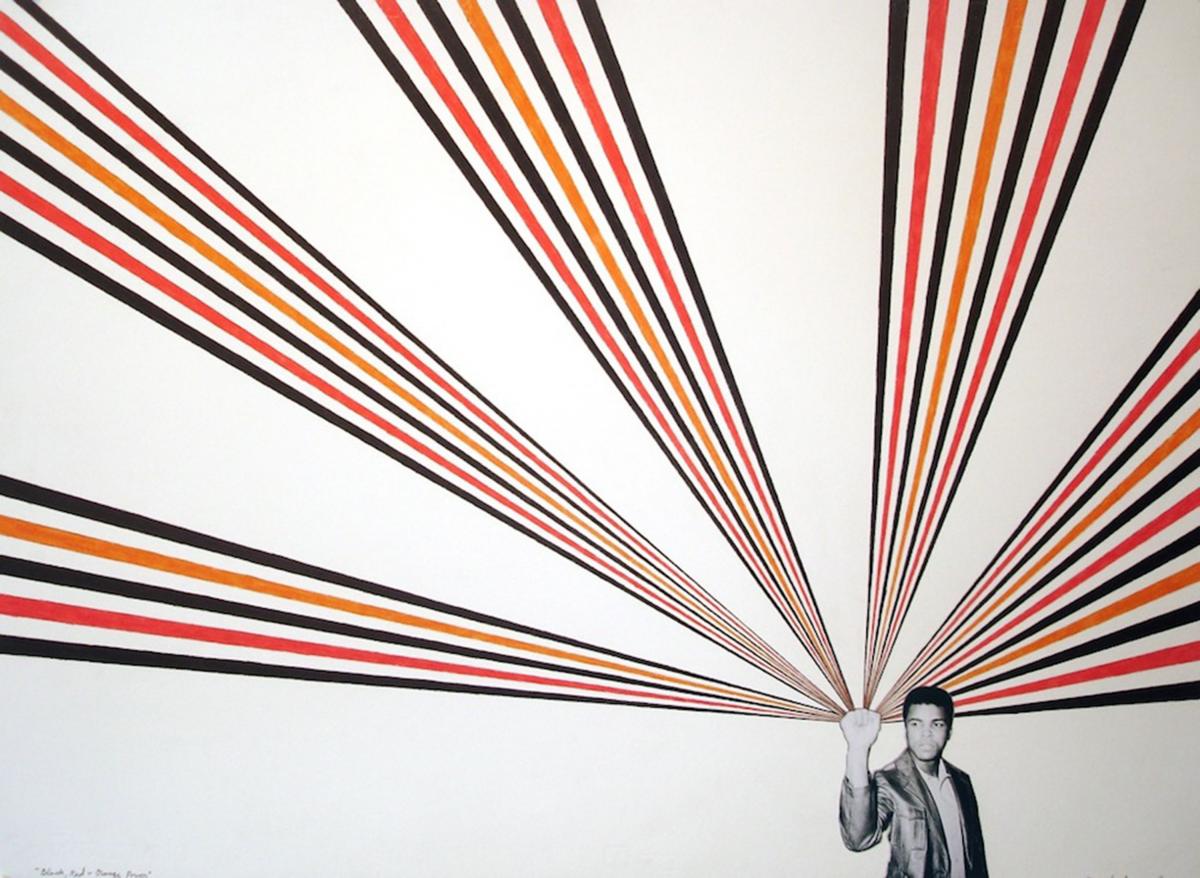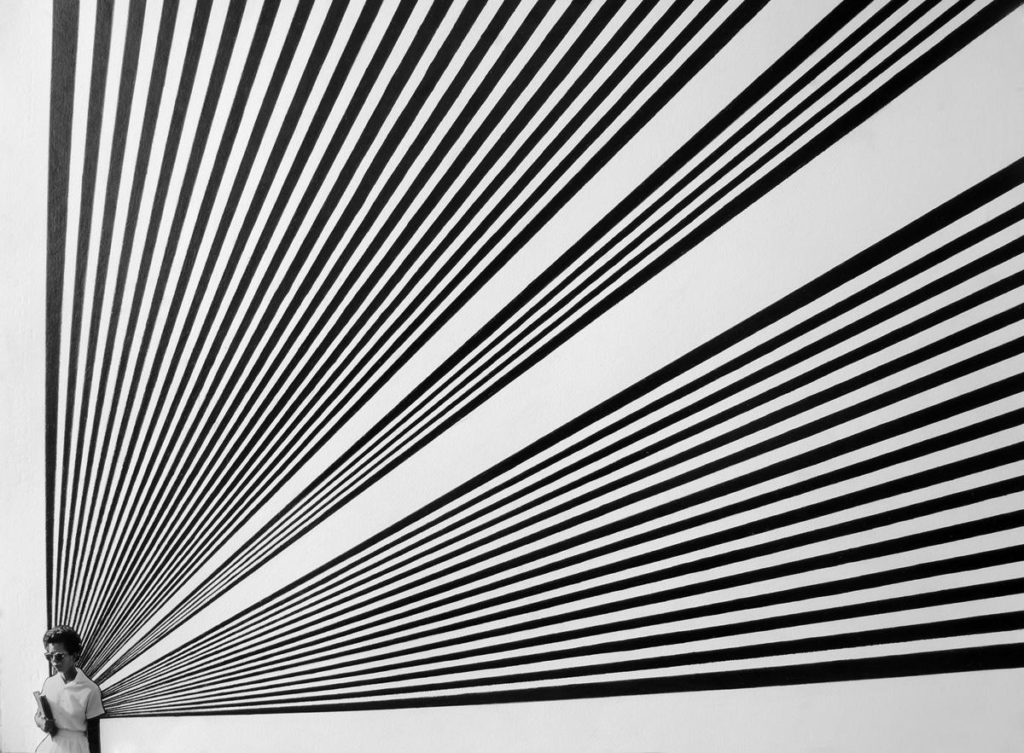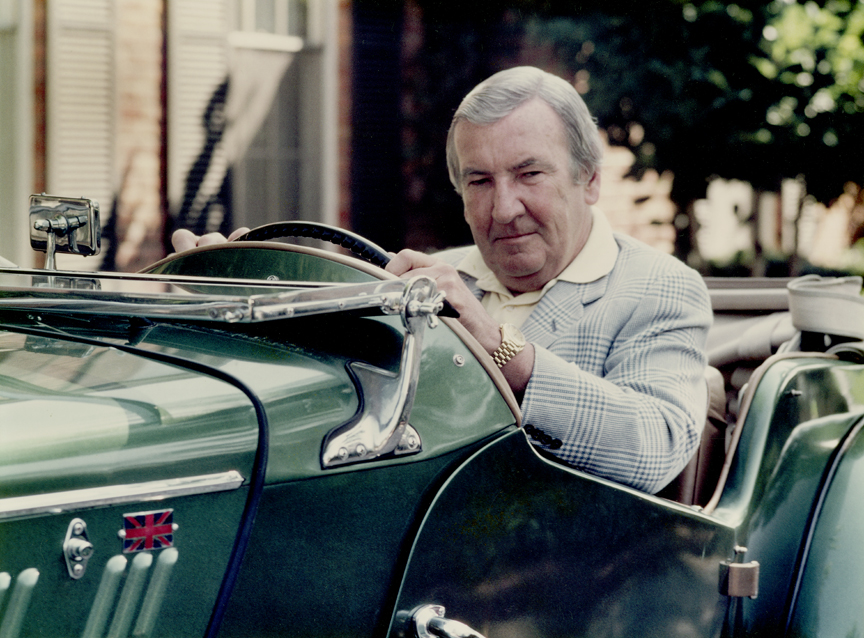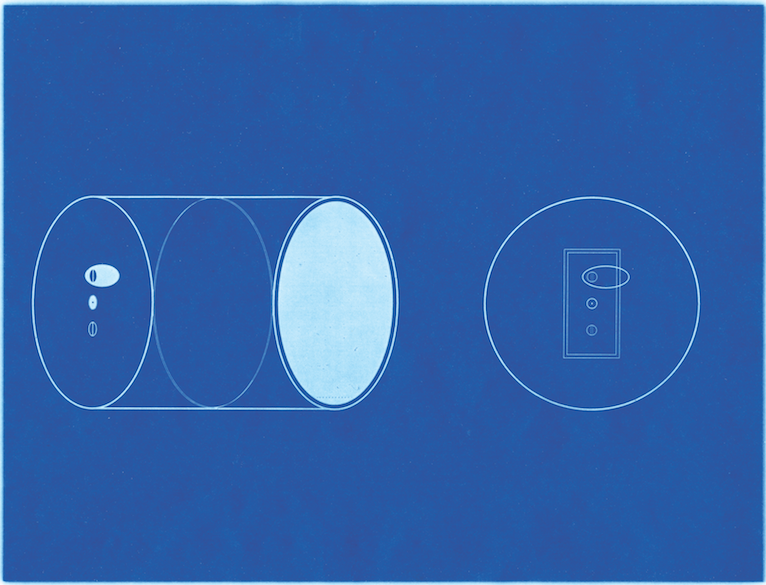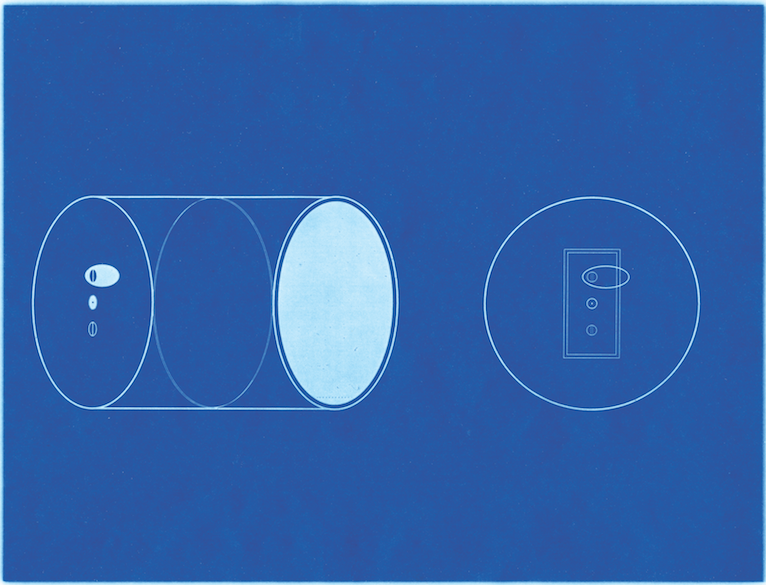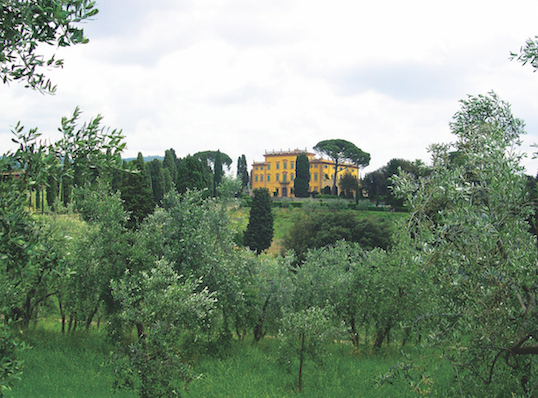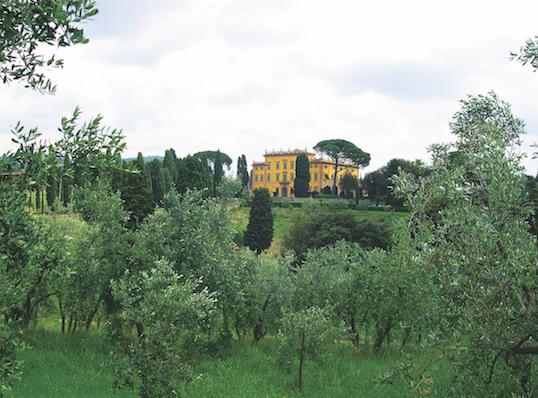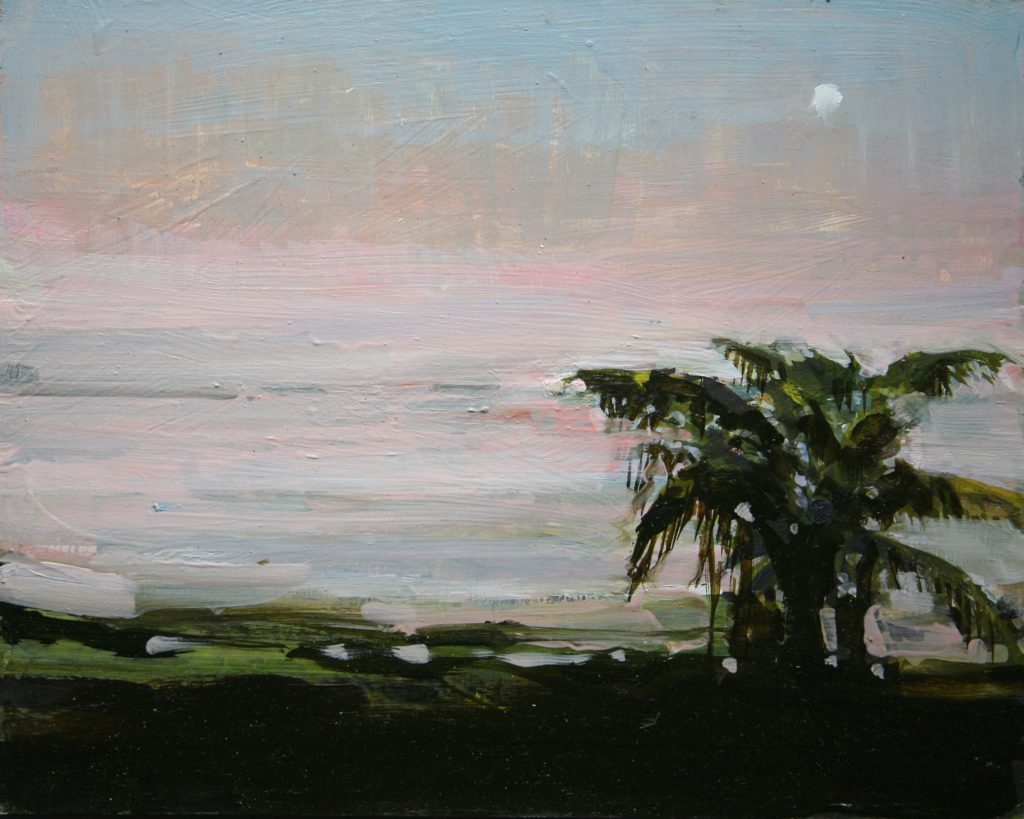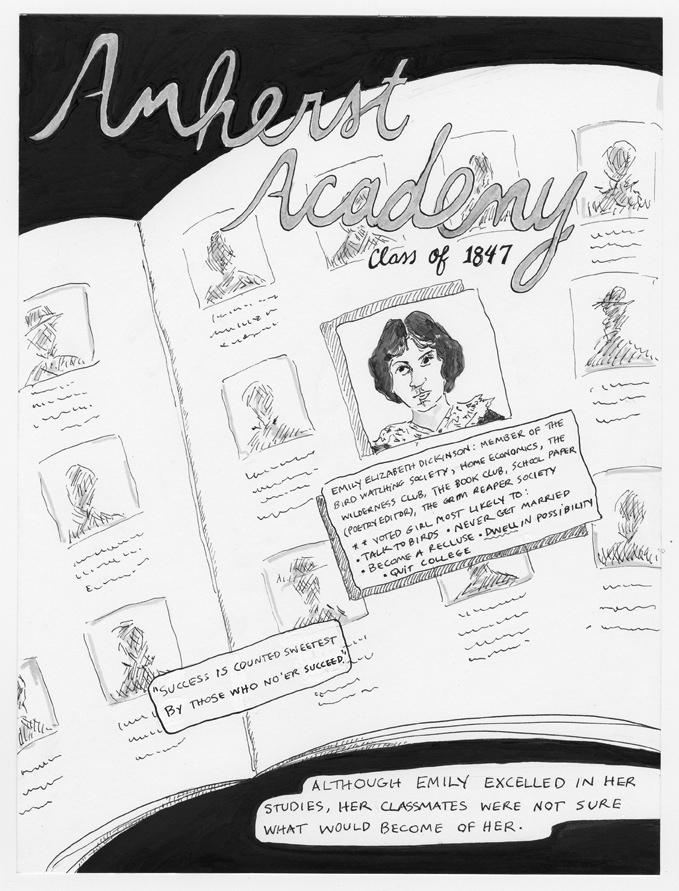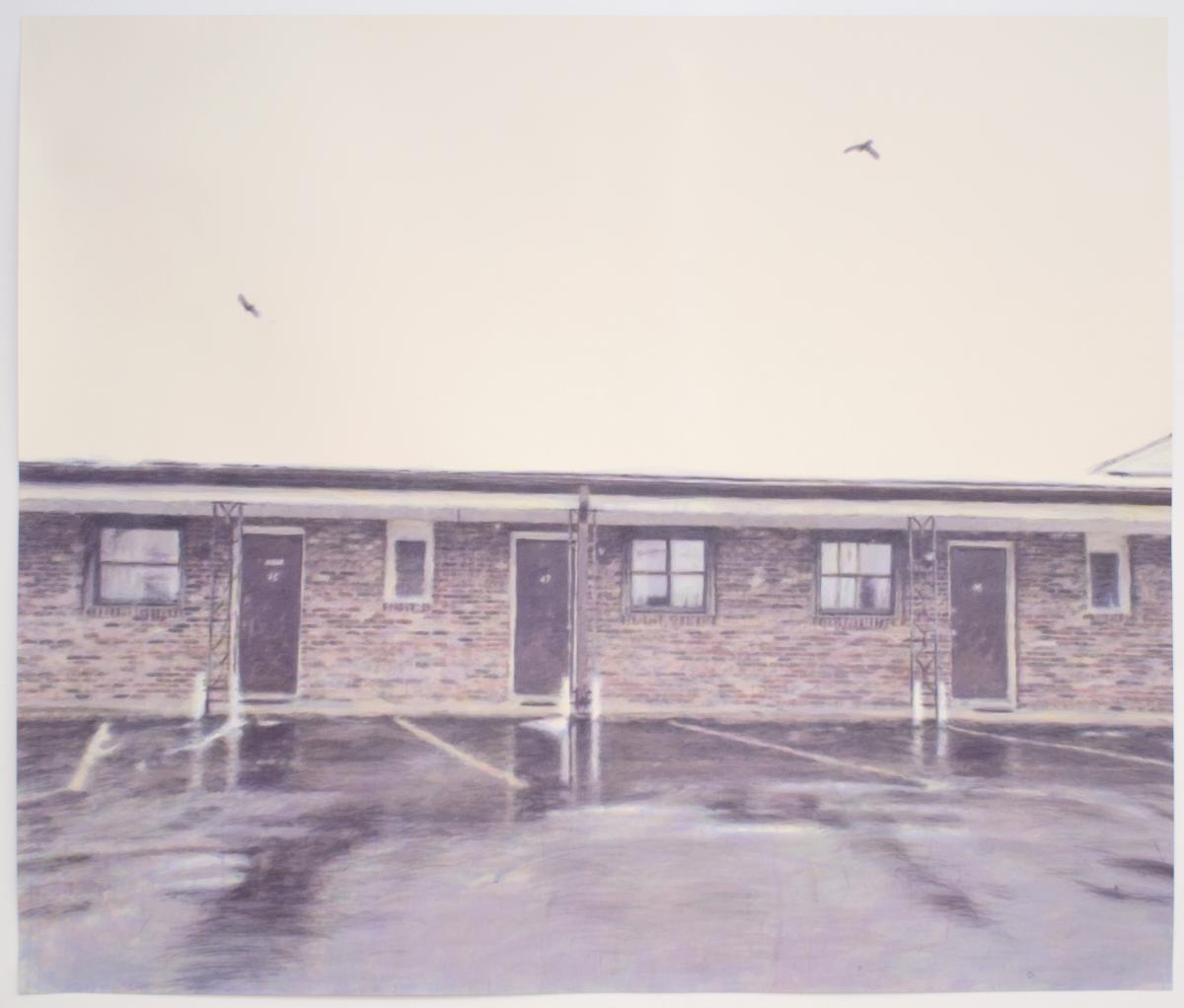Curated by AMY HALLIDAY

In his 1838 “Essay on American Scenery,” Thomas Cole—the celebrated “founding father” of the Hudson River School of American landscape painting—wrote that American landscapes are:
a subject that to every American ought to be of surpassing interest; for, whether he beholds the Hudson mingling waters with the Atlantic—explores the central wilds of this vast continent, or stands on the margin of the distant Oregon, he is still in the midst of American scenery—it is his own land; its beauty, its magnificence, its sublimity—all are his; and how undeserving of such a birthright, if he can turn towards it an unobserving eye, an unaffected heart!
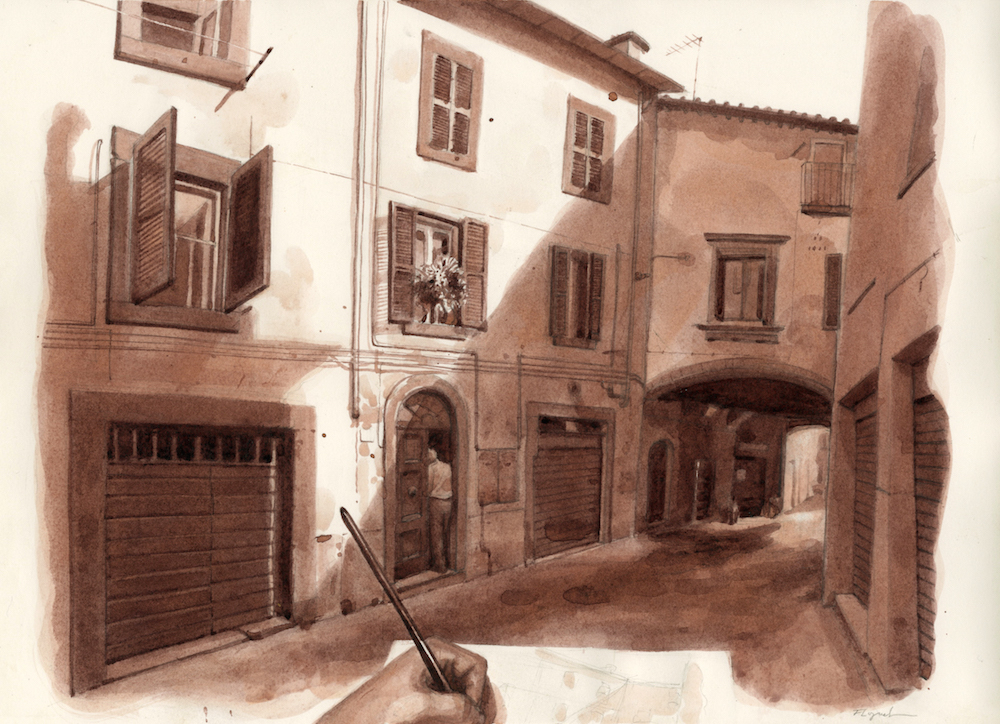 Scene Stealing, ink on paper, 15 x 11.5”
Scene Stealing, ink on paper, 15 x 11.5”